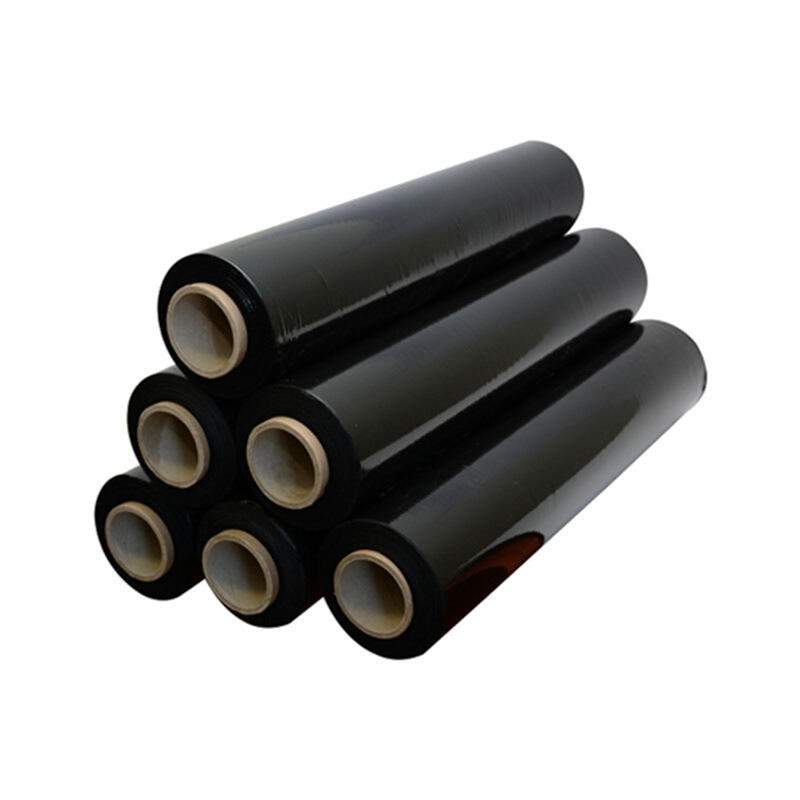Stretch film is a multi-use packaging material specifically made to hold goods together or to stabilize them during transport and storage. Stretch film use is a mature technology, but the ecological load of stretch film waste stream is worrisome. It discusses the recyclability of stretch film and, at the same time, details the process of recycling it showing how stretch wrap can go from waste to being a recycled product.
Introduction
Most of us are familiar with stretch film, the polyethylene wrapping that is a staple in warehouses and distribution centers. Pallet Racking: Unmatched in its Ability to Store and Protect Palletized Goods: But What Happens at the End of its Useful Life? Luckily, however, stretch film is can be recycled, and thus offers a way to bulk shave some fat off the waste stream. Solving the technical problems and challenges of stretch film recycling is a critical step-in flexible packaging sustainability.
Can Stretch Film Be Recycled?
Stretch film is 100% recyclable but it's not quite that easy. Stretch film materials are generally linear low-density polyethylene (LDPE) or low-density polyethylene (LDPE); both are recyclable. However, two or even three layers may be added to a multi-layer stretch film for strength characteristics or other advanced properties, complicating recycling.
How Stretch Film is Recycled
Recycling stretch film is a long journey, from its collection followed by the reprocessing and conversion to high volume manufactured goods. Here’s a look at each stage:
Collection and Sorting
This initiates the process of collection and sorting of stretch film. This allows the spent stretch film to be separated from the other refuse and cleansed of contaminants; That is, if it is plastic, it is economically feasible for recycling.
Cleaning and Crushing
Stretch film Film clean stretching mechanism for detaching pollution right after they have already been bonded, e.g. dust, dirt particles or adhesive substances. The film is washed and then ground to chips to facilitate melting and processing.
Melting and Reprocessing
After this film is crushed, it is melted and made into plastic pellets. Then they can be transformed again with pellets to re-manufacture plastic PRODUCTS — like stretch film, which creates a circular economy for the material.
Permalink THE BASIC PROBLEMS OF RECYCLING
Although virtually all of this could be recycled, a multitude of challenges must be reduced to improve the efficiency and scope of stretch film recycling:
Contamination Issues
The greatest challenge in the recycling of stretch film is contamination. Dust, glue and other contaminants which may be lying around the machine can degrade the quality of recycled material. One is that stretch film should be cleaned before being recycled.
Inadequate Infrastructure SUPPORT SYSTEM
The peculiar characteristics of this covering substance means that it usually demands unique services and equipment to recycle it. Without these, there may not be a recycling option available for stretch film at all.
Enabling Recycling Technology Developments
Some of these challenges are being tackled through innovations in recycling technologies recently. Researchers are developing separation and processing methods for multi-layered films to enable recycling of stretch film and improve its properties.
Pioneering in Sustainability Stretch Film
One driver of sustainability has been some innovation in the stretch film itself. High-performance sustainable product development Stretch films developed by manufacturers using recycled material content and bio-based materials. Such innovations further reduce the overall environmental footprint of stretch film manufacturing while helping closed loops by enabling more recycled content use in the circular economy.
Importance of Industry Standards and Collaboration
It is as much about industry standards and working together in the sector to drive higher recycling rates of stretch film, however. The extent of recycling, and the effectiveness of the recycling process can be influenced by the presence of recycling regulations and collaborations among manufacturers, recyclers and end-users.
Conclusion
As complex as this method is, it is indeed one of the most essential stages of sustainable waste management in the packaging sector as stretch film is recyclable. While the intent is noble and with some solutions in hand to address issues in the industry can start to move on a much better trajectory. The recycling of stretch film does not simply stop at being environmentally friendly, they also encourage a reuse and purpose system, a circular economy if you will. Through the ongoing exploration of new concepts and by staying close to the realities of working in the industry, we are able to drive sustainable progress into the packaging solutions we deliver, such as stretch film.
Table of Contents
- Introduction
- Can Stretch Film Be Recycled?
- How Stretch Film is Recycled
- Collection and Sorting
- Cleaning and Crushing
- Melting and Reprocessing
- Permalink THE BASIC PROBLEMS OF RECYCLING
- Contamination Issues
- Inadequate Infrastructure SUPPORT SYSTEM
- Enabling Recycling Technology Developments
- Pioneering in Sustainability Stretch Film
- Importance of Industry Standards and Collaboration
- Conclusion


